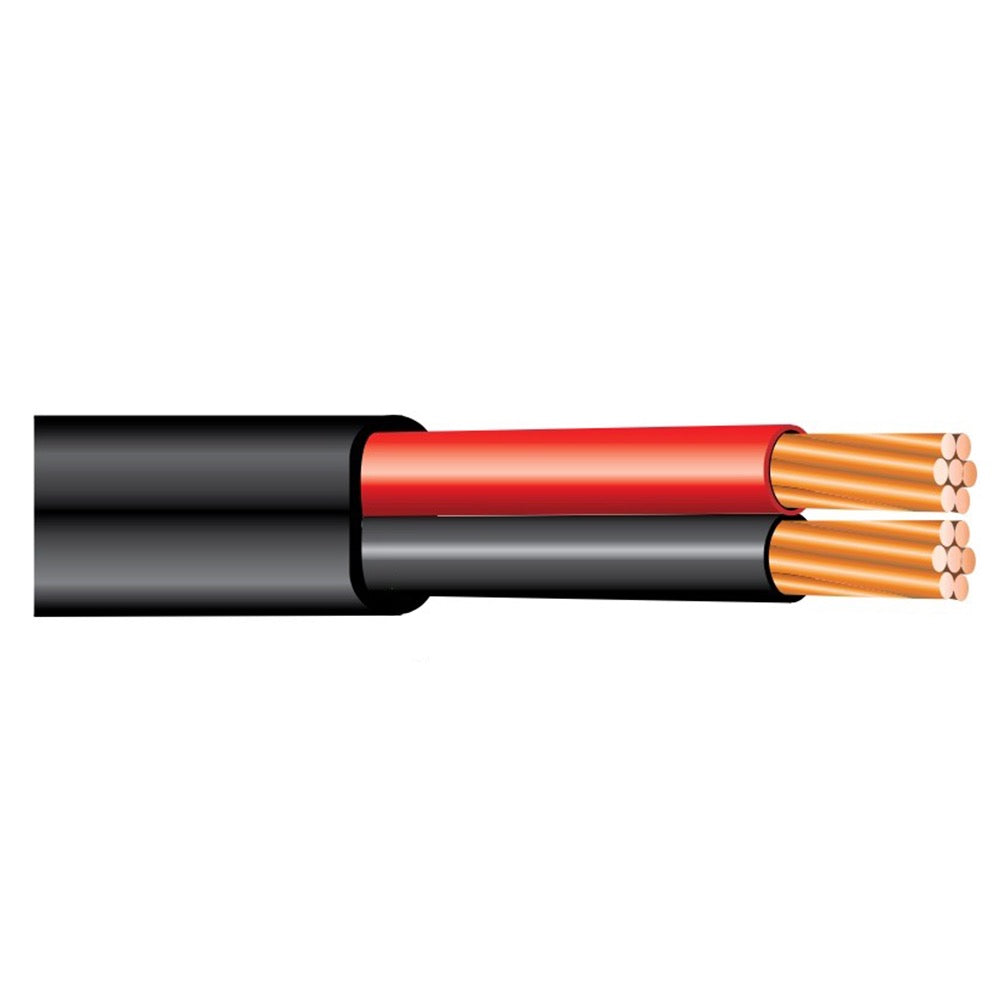solarken
NABCEP PVIP
- Location
- Hudson, OH, USA
- Occupation
- Solar Design and Installation Professional
Anyone install Enphase commercial inverters that use the QD 3-phase cable? If so, what type of cable do you use for extending the home run to jbox or to disconnect? I know there is raw QD cable (without the QD connector drops) but looks like my suppliers only sell in 300m reels and not cut to length. Are the field assembled QD connectors compatible with a different wire type that is readily available at local electrical supply house? Or do you generally just order QD connector cable with an extra drop or 2 and use a short length of the extra cable to get it into a jbox for transition to THHN? Thnx.



